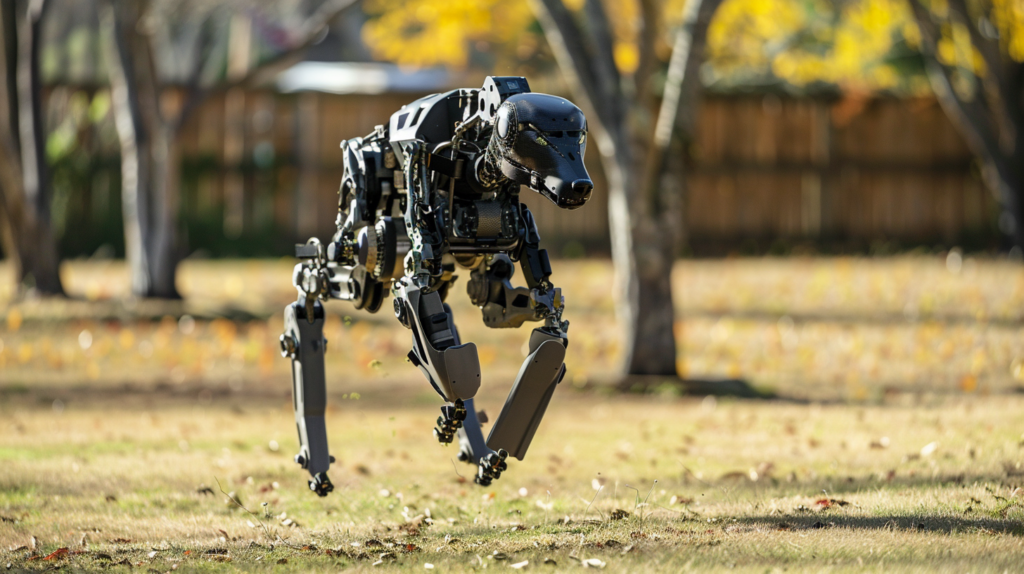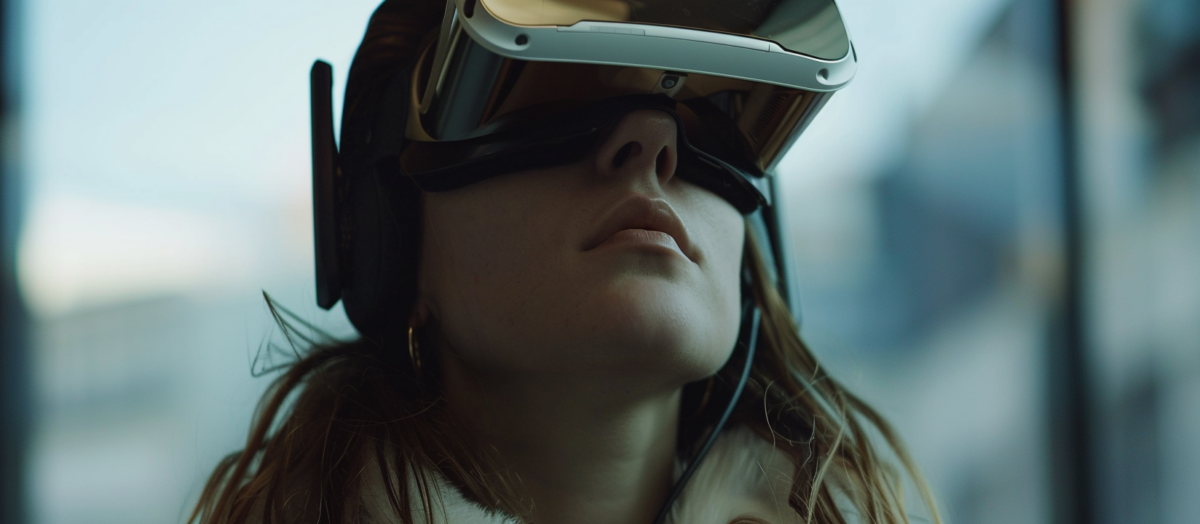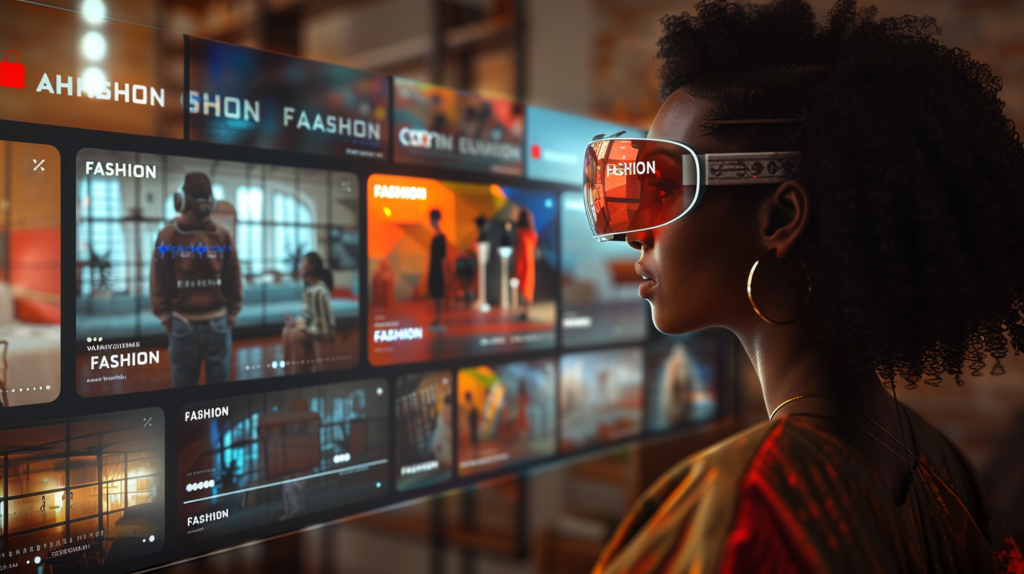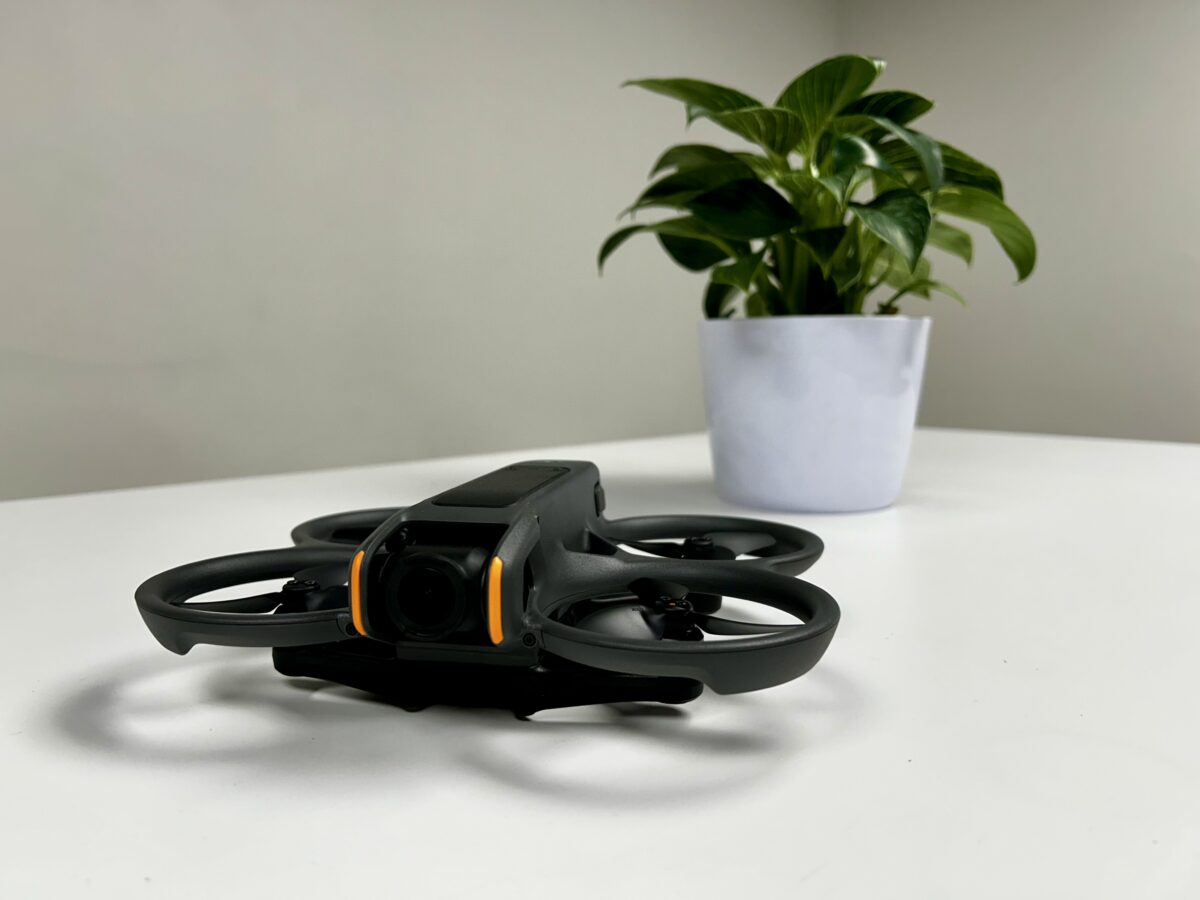Elevate Your Video Production: 10 Innovative Strategies for Modern Filmmaking
lensheadmedia
on
July 17, 2024
As an experienced producer at Lens Head Media in Atlanta, I have observed the transformative impact of technological advancements on video production. From Virtual Reality (VR) to AI-driven tools, these innovations are reshaping storytelling and audience engagement. These are not passing trends but significant shifts that are revolutionizing the industry. Here are ten groundbreaking strategies that are redefining modern video production.
The Technological Evolution in Video Production
1. Embracing Advanced Production Tools
The evolution of filmmaking tools from novelty to necessity has revolutionized the industry. Innovations such as VR, AI, and enhanced camera equipment have become indispensable, propelling video production to new heights of creativity and efficiency.
“Modern video production tools are not just accessories; they are gateways to unprecedented levels of storytelling and audience engagement.”
The increasing prominence of these technologies at film festivals worldwide underscores their growing influence.
2. Leveraging Key Technological Innovations
Several innovations have catalyzed the transformation in video production:
- Cost-Effective High-Tech Gear: Advanced equipment is now more affordable.
- Superior Visual Quality: AI-driven enhancements and advanced graphics offer unparalleled realism.
- Intuitive Equipment: Modern cameras and software simplify the production process.
These advancements eliminate previous barriers and open new creative horizons.
Enhancing the Pre-Production Phase
3. Revolutionizing Pre-Production with Interactive Tools
In pre-production, technology has introduced groundbreaking changes, enhancing both creativity and efficiency:
4. Interactive Storyboarding: Visualizing Ideas
Traditional storyboarding is evolving with interactive, digital methods:
- 360-degree Visualization: Enables comprehensive scene planning.
- Interactive Elements: Incorporate viewer interaction into the narrative planning.
5. Virtual Location Scouting: Precision and Efficiency
Virtual location scouting allows teams to explore potential sites without leaving the studio, offering:
- Immersive Exploration: Experience locations virtually, saving time and resources.
- Cinematic Vision Alignment: Ensures location choices align with the film’s artistic goals.
Advancing Storytelling Techniques
6. Crafting Immersive Narratives with Modern Tools
In modern video production, crafting immersive narratives has become a cornerstone of creating engaging and memorable content. This process involves utilizing advanced technologies and innovative storytelling techniques to draw viewers into the story, making them active participants rather than passive observers. Here’s an in-depth look at how to craft immersive narratives using modern tools:
Understanding Immersive Storytelling
Immersive storytelling transforms the traditional linear narrative into a dynamic and interactive experience. This approach engages the audience on multiple sensory levels, enhancing emotional connections and creating a deeper understanding of the story. The goal is to make the viewer feel like they are part of the narrative, experiencing events and emotions alongside the characters.
Multi-Path Narratives: Enhancing Viewer Engagement
Multi-path narratives are a hallmark of immersive storytelling. These narratives offer various paths and outcomes based on viewer choices, similar to a “choose-your-own-adventure” format. This approach increases viewer engagement and allows for personalized experiences, making each viewer’s journey more seamless.
Interactive Choices: Provide viewers with decision points influencing the story’s directory. These choices range from simple actions to significant plot decisions, each leading to different outcomes.
Branching Storylines: Develop multiple storylines that branch out from crucial decision points. Each branch should be compelling and well-developed, ensuring all possible paths maintain narrative coherence and depth.
Re-playability: Multi-path narratives encourage re-playability, as viewers may want to explore different choices and outcomes. This not only enhances viewer engagement but also increases content longevity.
Utilizing Advanced Scriptwriting Tools
Producers can utilize advanced scriptwriting tools and AI-driven platforms to craft these complex narratives. These tools help streamline the development process, ensuring consistency and coherence across multiple story paths.
AI-Assisted Scriptwriting: Platforms like OpenAI can assist in generating dialogue, character interactions, and plot developments based on initial input. This speeds up the writing process and ensures diverse and dynamic narrative possibilities.
Interactive Script Editors: Use script editors designed for interactive storytelling. These editors allow writers to map out branching storylines, visualize decision points, and manage complex narrative structures.
7. Interactive Scriptwriting: Engaging Audiences
Modern scriptwriting involves crafting narratives that engage viewers actively:
- Viewer Influence: Audiences can impact the story’s direct Narratives. Develop diverse story paths that keep viewers engaged.
8. Directing Attention in a 360-degree Space
Guiding viewer attention without restricting their experience involves:
- Audio and Visual Cues: Use sound and visual contrasts to focus Attention.
- Choreographed Movements: Direct viewer focus subtly through character and object movements.
“In modern or production, the audience isn’t just what a story is; they’re part of reavigating and influencing the narrative.”
Utilizing Cutting-Edge Equipment and Software
9. Adopting Advanced Production Tools
Modern video production relies on advanced tools to create immersive experiences:
- High-End VR Cameras: Offer unparalleled visual quality.
- Real-Time Stitching Software: Ensures seamless 360-degree visuals.
- Monitoring Tools: Maintain high-quality production standards.
These tools elevate the production process, making sophisticated filmmaking accessible to all.
10. Integrating AI for Enhanced Production
AI-driven tools are revolutionizing various aspects of video production:
- AI-Enhanced Editing: Streamlines the post-production process.
- Generative AI: Creates realistic visual effects and enhances storytelling.
Conclusion
Modern video production represents a fundamental shift in the art of storytelling. Leveraging innovations such as VR, AI, and advanced equipment, filmmakers can push creative boundaries and engage audiences in unprecedented ways.
From pre-production to post-production, these tools offer limitless possibilities, transforming dreams once confined to science fiction into reality. The future of filmmaking is here, and it is more exciting and immersive than ever.
Frequently Asked Questions (FAQ)
What is Modern Video Production?
Modern video production utilizes advanced technologies like VR and AI to create immersive, interactive films. This approach allows viewers to engage with the story dynamically and innovatively.
How is Modern Video Production Different from Traditional Methods?
Traditional filmmaking relies on fixed frames and linear storytelling. Modern techniques use interactive, 360-degree environments that offer a more engaging viewer experience.
What are the Key Tools for Modern Video Production?
Essential tools include advanced VR cameras, stitching software, and AI-enhanced editing tools. These technologies streamline the production process and enhance visual quality.
How Does Technology Change the Pre-Production Process?
Technological advancements enable virtual location scouting and interactive storyboarding, making pre-production more efficient and creative.
How Does Modern Technology Affect Storytelling?
Modern technology allows for multi-path narratives and interactive elements, giving viewers more control over the story and creating a more immersive experience.
How Can Directors Manage Viewer Attention in Modern Productions?
Directors use a combination of audio cues, visual contrasts, and choreographed movements to guide viewer attention in a 360-degree environment.





